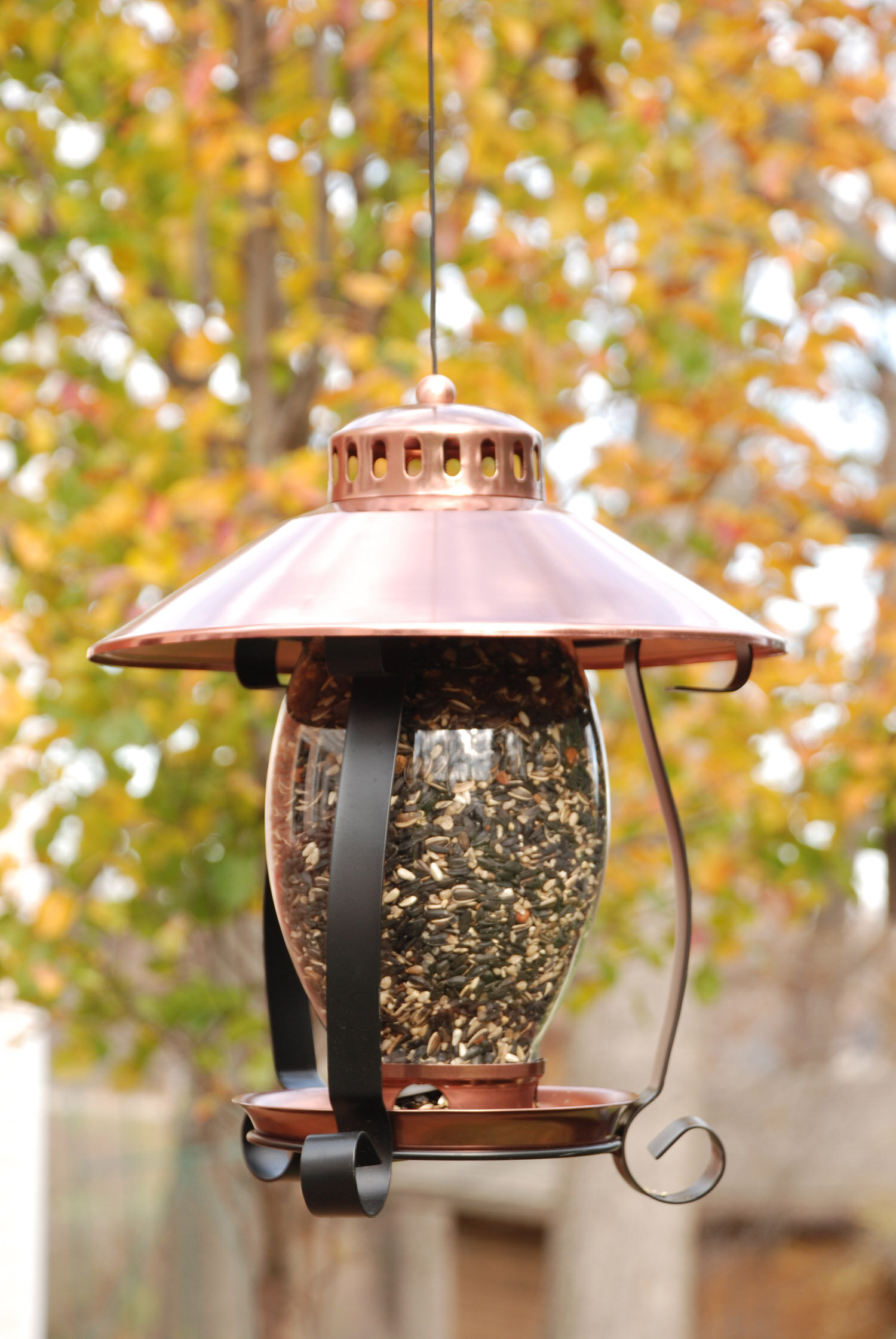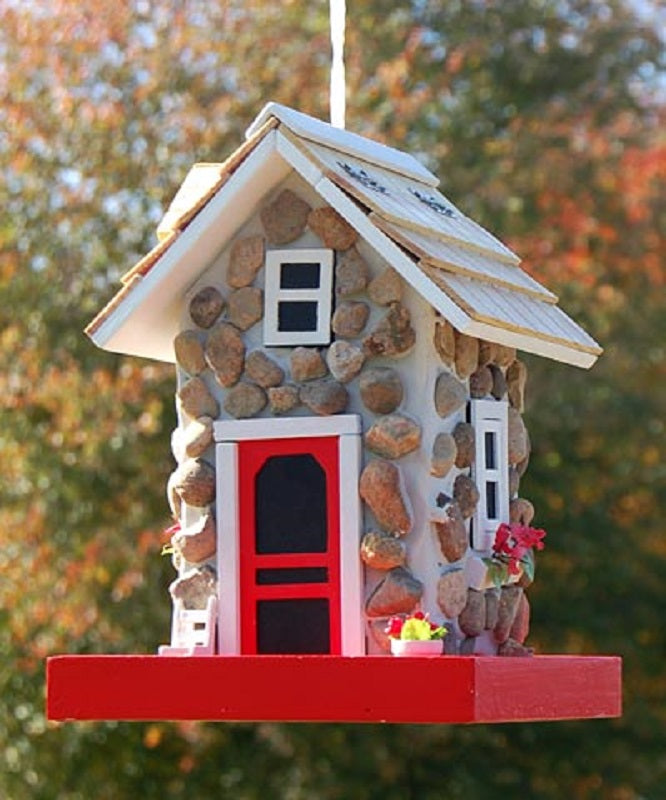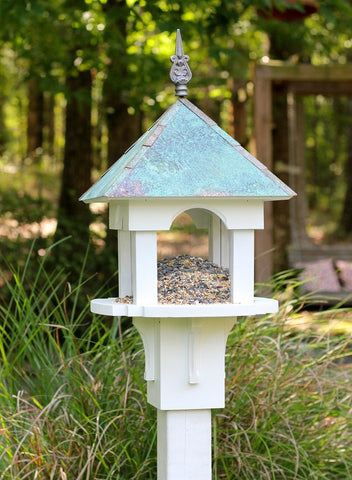Welcome to the world of decorative bird feeders! As an enthusiastic birdwatcher and garden lover, I can assure you that these delightful additions not only beautify your outdoor space but also create an inviting environment for our feathered friends. In this comprehensive guide, we will explore the various styles, materials, how to choose the right one for your needs, and share tips on attracting birds to your garden. Let’s dive in!
What is a Decorative Bird Feeder?
A decorative bird feeder is a beautifully designed feeding station for birds that serves both functional and aesthetic purposes. Unlike traditional bird feeders, these come in various artistic designs, materials, and finishes, providing visual appeal while attracting birds to your garden.
Benefits of Having a Decorative Bird Feeder
Having a decorative bird feeder offers several advantages:
- Enhances Garden Beauty: They add character and charm to your outdoor sanctuary.
- Encourages Birdwatching: A bird feeder attracts numerous species of birds, creating opportunities for birdwatching right from your home.
- Supports Wildlife: By providing food, you support local ecosystems and bird populations.
- Educational Opportunities: They can be a great teaching tool for children about nature and wildlife.
Types of Decorative Bird Feeders
When selecting a decorative bird feeder, consider the different types available. Here are some popular options:
1. Hanging Feeders
Hanging feeders are versatile and can be suspended from trees, hooks, or structures. They come in various designs, from simple to ornate.
2. Platform Feeders
These feeders provide a flat surface for birds to land on and feed. They can accommodate multiple birds and different food types.
3. Tube Feeders
Tube feeders are typically cylindrical and are great for small seeds like nyjer. Their design often minimizes seed waste.
4. Ground Feeders
Ideal for ground-feeding birds like sparrows and doves, these feeders can be decorative trays or simple gardens.
5. Window Feeders
Perfect for close-up birdwatching, these feeders attach to windows and allow you to observe birds up close.

Materials Used in Decorative Bird Feeders
The material of a bird feeder plays a crucial role in its durability and maintenance. Here are common materials you will encounter:
Wood
Wooden bird feeders offer a natural look and can blend seamlessly into most environments. However, they may require regular maintenance to prevent rot.

Metal
Metal feeders are sturdy and can often mimic beautiful designs. Look for rust-resistant options for longevity.
Plastic
Plastic feeders are lightweight and often come in colorful designs. Ensure they’re UV-stabilized to resist fading.

Glass
Glass feeders can be stunningly beautiful and often complement garden themes. They do require careful handling to avoid breakage.
How to Choose the Right Decorative Bird Feeder
Choosing the perfect decorative bird feeder for your garden involves considering several factors:
1. Bird Species
Know which birds you’re trying to attract. Different species prefer different types of feeders and food.

2. Location
Select a spot that offers shelter, is visible for birdwatching, and is easy for you to refill.
3. Design & Aesthetics
Match the feeder’s style with your garden theme. A classic Victorian feeder may not suit a modern minimalist garden.

4. Ease of Cleaning
Choose a feeder that’s easy to disassemble for cleaning to prevent mold growth and protect bird health.
Tips for Attracting Birds to Your Decorative Bird Feeder
To maximize the chances of birds visiting your decorative bird feeder, follow these tips:
1. Use the Right Food
Different bird species favor different foods. Research the birds in your area to find the best seed mix.

2. Keep It Clean
Regularly clean your feeder to prevent the spread of disease.
3. Provide Fresh Water
Birdbaths can further attract birds. Ensure the water is clean and refreshed daily.
4. Monitor Location
Observe the feeder from indoors and adjust its location if birds aren’t visiting.
Personal Experience with Decorative Bird Feeders
As someone who has turned my backyard into a bird sanctuary, I can tell you that the right decorative bird feeder can transform your outdoor space. I have a beautiful hanging sunflower feeder that attracts finches all summer long. Watching them flutter around brings my family so much joy! Plus, I find it quite therapeutic to refill and clean the feeder, knowing I’m contributing to the environment.
Pros and Cons of Decorative Bird Feeders
| Pros | Cons |
|---|---|
| Enhances garden aesthetics | Can be costly depending on the design |
| Supports local wildlife | Requires regular maintenance and cleaning |
| Encourages relaxation and enjoyment | Attracts unwanted pests if not properly managed |
| Educational opportunity for kids and families | Not all birds will visit the feeder depending on food type |
Comparison of Popular Decorative Bird Feeders
| Type | Material | Price Range | Best For |
|---|---|---|---|
| Hanging Feeder | Wood, Metal, Plastic | $20 – $50 | Seed-eating birds |
| Platform Feeder | Wood, Plastic | $15 – $35 | Woodpeckers and ground feeders |
| Tube Feeder | Plastic, Metal | $25 – $60 | Small seed-eating birds |
| Ground Feeder | Plastic, Metal | $15 – $40 | Doves, Sparrows, Jays |
FAQs About Decorative Bird Feeders
1. What is the best food to put in a decorative bird feeder?
The best food varies by bird species. Black-oil sunflower seeds are a popular choice, as they attract a wide variety of birds.
2. How often should I clean my bird feeder?
It’s ideal to clean your bird feeder every 2-4 weeks, or more often during wet weather to prevent mold.
3. Can I use a decorative bird feeder during winter?
Yes! Winter is an excellent time for bird feeding as birds may struggle to find food. Use high-energy foods like suet.
4. Do decorative bird feeders attract unwanted pests?
Yes, improper placement or food types can attract pests like squirrels. Consider using squirrel-proof feeders or placing them away from trees.
5. Where is the best location for a bird feeder?
Place your bird feeder near shrubs or trees for shelter but not too close to prevent predators from ambushing birds.